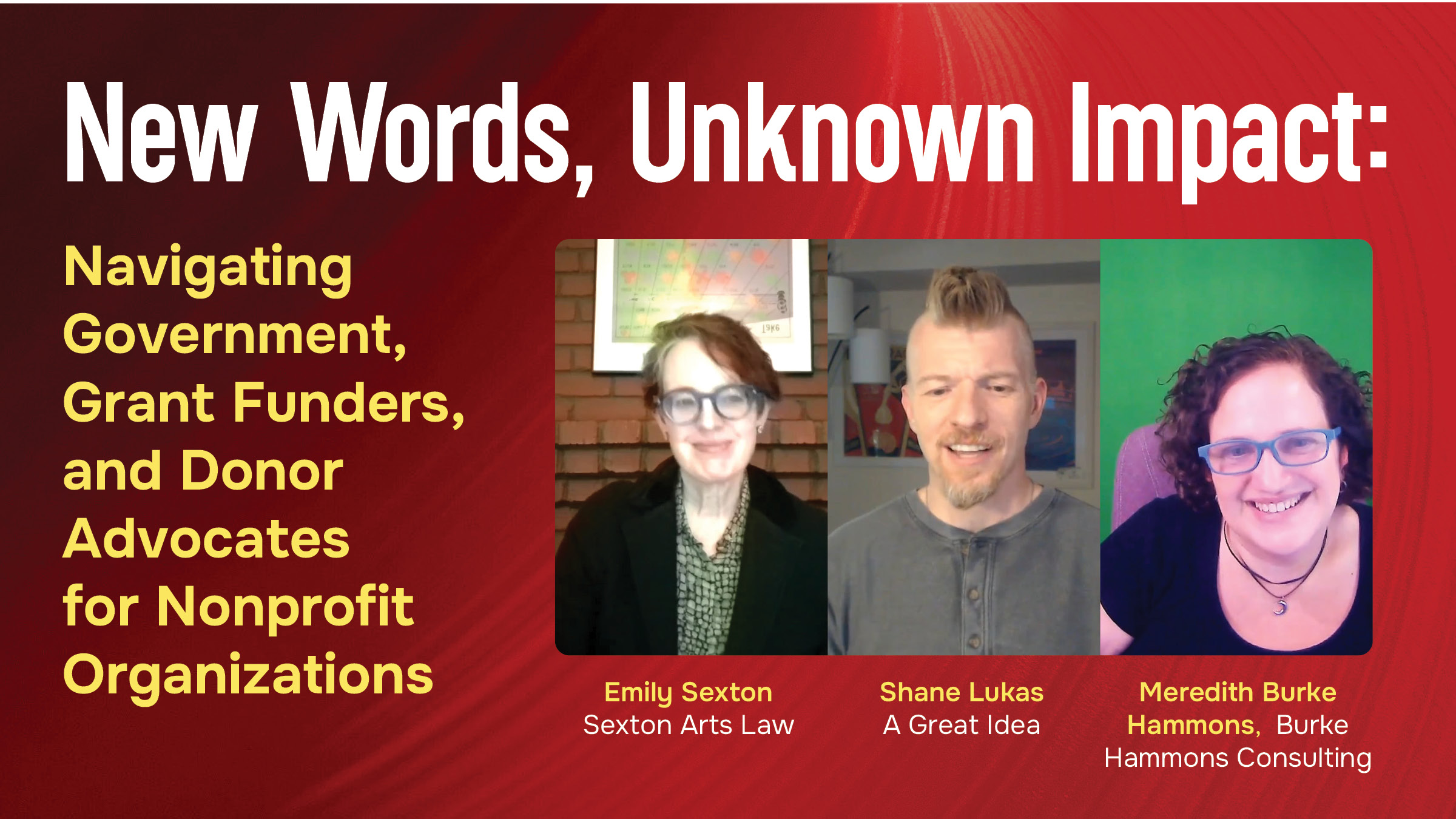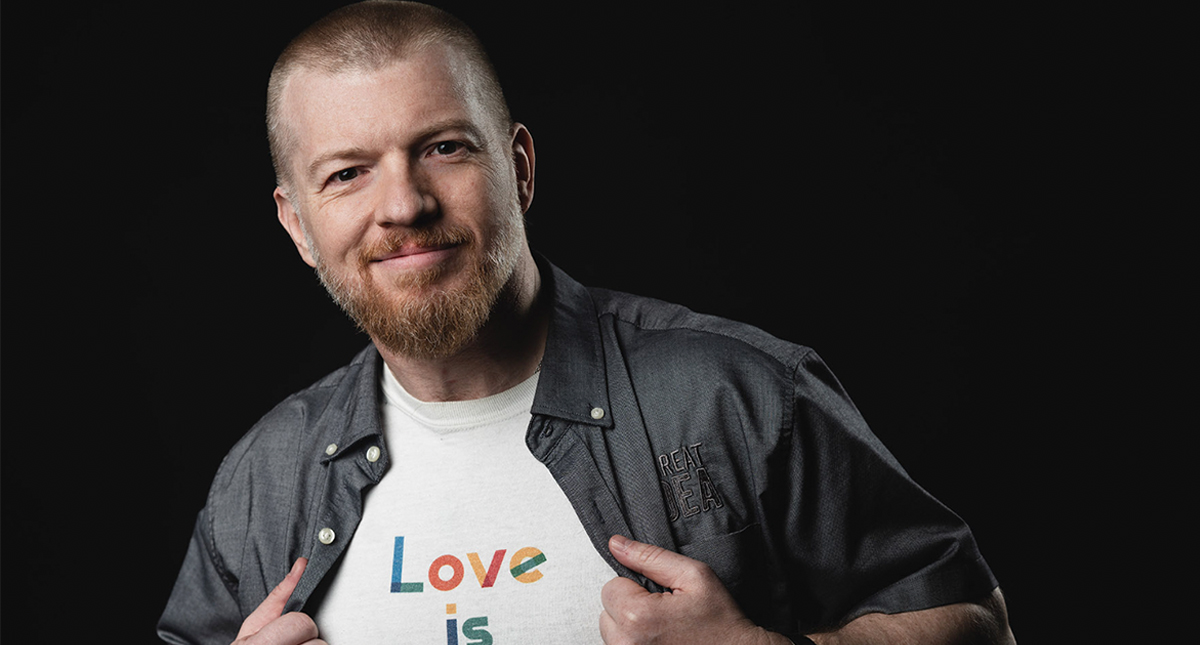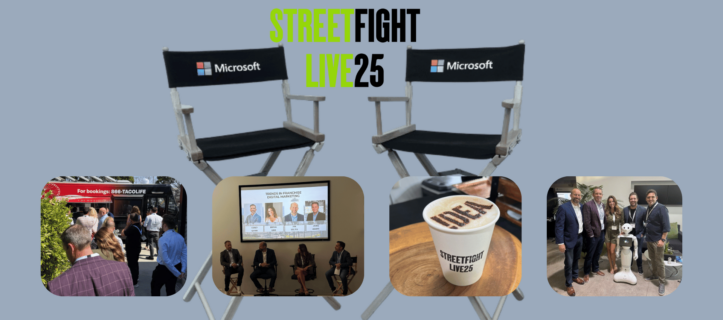Graphic Design Brings People Together
Art is an effective (and beautiful) way to empower communities. Often transcending language to speak to shared experiences, a well-designed graphic can educate as well as inspire. Visual mediums elicit an emotional response from the viewer, which helps information stick, and people are more likely to share an image that touches them, which helps that information also spread. There are a few examples that have become so iconic that we still refer to them, especially as it pertains to war propaganda, where a united people becomes extremely important. While text-based (and a bit historically murky), “Keep Calm and Carry On” has become a reference to a sort of quintessential Britishness that continued long past World War II. Rosie the Riveter continues to inspire women long after the need for female riveters has passed. Many military posters around the world involve a unifying figure pointing at the viewer, telling them their country needs them, specifically, to get involved, while creating a sense of immediacy and personalization.

A united front isn’t only important during a traditional military war, however, and some classic examples of lasting graphic design come from wars of ideas, not weapons. The red rose as a symbol for workers’ rights, for example, comes from the quote “bread for all, and roses too", a lasting legacy asking for both fair wages and dignified conditions in a speech made by suffragette Helen Todd in 1911. The raised fist has been a symbol of unity and solidarity since the International Workers of the World’s usage in 1917 and has been used in various colors and graphics to signify Black Power, feminism, or anti-fascism. The rainbow flag, created by Gilbert Baker in 1978, has come to represent LGBTQ rights around the world. Now, we see artists working together to create inspiring, powerful messaging around the importance of washing hands and wearing masks as we struggle to combat COVID-19. Colorful pieces that encourage the viewer to stay home and help flatten the curve often utilize emerging symbols from this current crisis, like Give A Sheet's fundraising campaign using toilet paper art inspired by the rush for supplies at the beginning of the pandemic (see the example from Stéphane = Damien above), "quarantinis" (a humorous cocktail reference as people began working from home and not going out), and, of course, the masks themselves (personal protective equipment often required when in public to attempt to reduce the spread of the virus through unavoidable contact).

Other examples include Territorial Empathy's door hanger in Spanish and English, created to signal to neighbors that there is a willingness to help those who are immunocompromised by adding to their shopping trips. Amplifier launched a campaign encouraging artists like Angela Faz (see sidebar) to create visuals that would thank essential workers, encourage mask-wearing, and remind people that we are ultimately a global village. Many community organizations have also introduced visually-driven social media approaches to build online initiatives, such as the campaign for the Virtual Town Hall Series from New York's New Pride Agenda, to inspire connection and action during social distancing.
Using Artwork to Go Beyond the Pandemic

One artist inspired to act during the COVID-19 pandemic shares their insight on art-motivating movements: “I created this linocut to represent our collective struggles during this challenging time navigating COVID-19. As artists and designers, we have the power to shift culture and push for justice. Collective Care means we deeply look out for each other. We act as if everyone’s life has inherent worth and is at risk. What happens to one happens to all. Collective Care is our best protection.”—Angela Faz
It’s also vital in the face of a sometimes scary global crisis to remind people that we can get through this together. It’s easy to let fear take hold, and while it’s important to take these things seriously, it’s also important to encourage hope that this, too, shall pass. In that way, memes have sprung up to make us laugh even as we recognize ourselves in the quips about sitting on the couch watching Netflix or baking bread for the first time with sourdough starters. Graphic design can serve to unite us, both with facts and with feelings, thus reminding us that even if we feel isolated, we are not alone.




